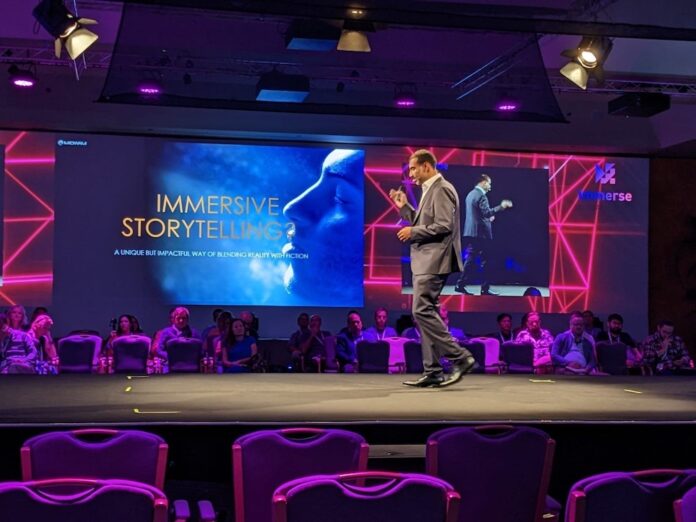Tech trends that won’t happen in 2023
Don’t commit to the industrial metaverse, 5G wearables, printed electronics and satellite-to-cell services this year, as these markets are not going to happen in 2023, predicts intelligence firm ABI Research in a new white paper. According to the paper, 74 Technology Trends That Will and Will Not Shape 2023, there will be 41 events that shake the technology world and 33 others that won’t ‘move the needle’ over the next twelve months.
Stuart Carlaw, Chief Research Officer at ABI Research said war, plague, political pestilence and energy famine will affect priorities. Labour shortages, supply chain issues, falling consumer sentiment and rising input costs are squeezing many markets. The question is whether a technology is an anchor dragging down operations or the mainsail powering companies forward. “The devil is in the detail of the how, who, what and when of technology investment and implementation,” said Carlaw, “the ongoing fallout from a global pandemic are still creating a persistent sense of uncertainty.”
ABI Research’s whitepaper is an attempt to bring harmony when there is so much harmful speculation on Discord. The Industrial Metaverse is one market where investors need clarity, according to the researcher, who predicted that 2023 will not be the year when Industrial and Manufacturing (I&M) firms invest vast sums in the metaverse. “Staff will not be creating avatars and solving challenges in virtual worlds,” because “the economic climate does not lend itself to investments that lack a clear pathway to value.”
However there was good news for mobile network operators, such as Orange Business, that run industrial IoT services. I&M firms will invest in tools that build a digital thread that provides feedback loops between designers, engineers, and manufacturing teams, said the research. In addition, there will continue to be investments in digital twins that mirror machines, production lines, and facilities as firms look to optimise their operations.
The outlook for 5G is not positive, according to the technology Nostradamus, who predicted that Consumer Wearables will not take off until a new generation of products arrive. The market for 5G wearables will not be worth committing to until mobile operators can offer consumers products that are simpler, cheaper, with better battery life and less need for bandwidth than the current 5G new radio (NR) products.
Perhaps surprisingly, ABI Research was not keen on Private 5G unless critical enterprise 5G features, such as URLLC and Time-Sensitive Networking (TSN)) start to appear. They won’t be coded into commercially available chipsets until the end of 2023, which means industrial-grade devices won’t materialise until 1Q 2024. The delay will make 4G Long Term Evolution (LTE) the dominant cellular connectivity technology until at least 2027.
An exciting long-term trend is that Satellite-to-Cell Services, heated by the likes of SpaceX, Globalstar, AST Space Mobile, and Lynk will be coming to the boil during 2023. ABI Research anticipates that the wider Non-Terrestrial Network-Mobile (NTN-Mobile) service segment, which includes the satellite-to-cell segment, will reach 6.8 million connections by 2027.
“This year will be challenging, but it also holds great promise and opportunity,” said Carlaw said.



